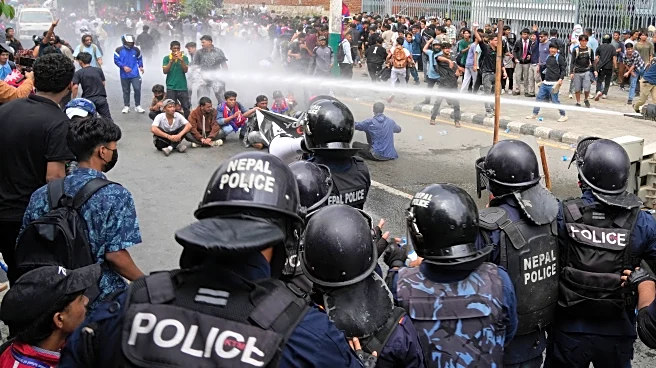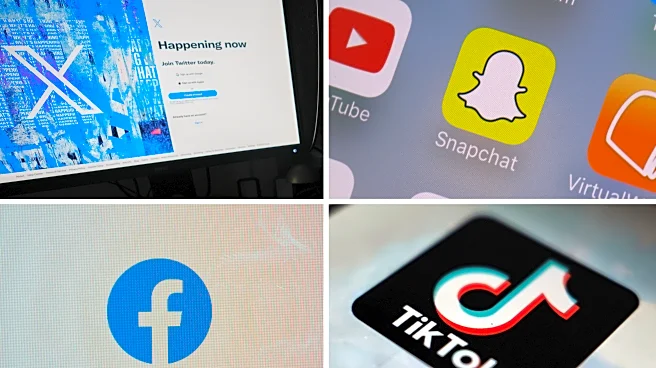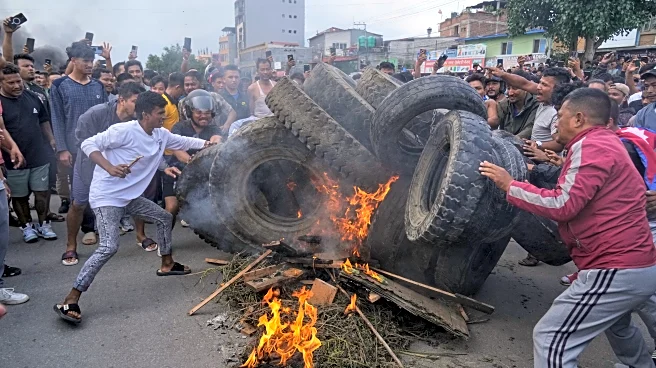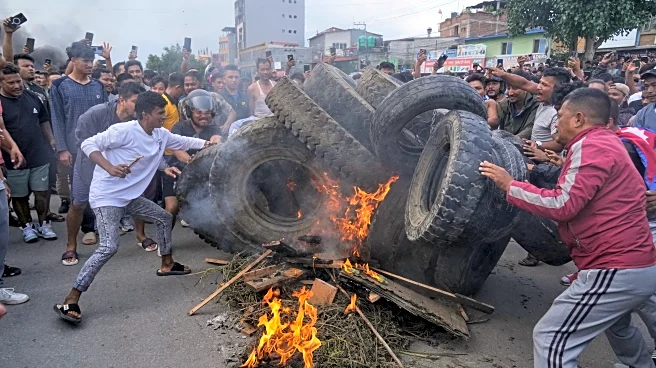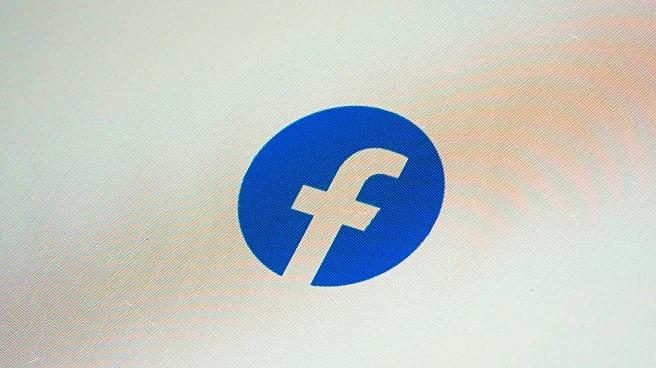What's Happening?
The recent assassination of conservative activist Charlie Kirk has highlighted the changing role of traditional media as gatekeepers of explicit content. While traditional news outlets exercised caution in their coverage, avoiding graphic images of the shooting, social media platforms like X, Facebook, TikTok, Instagram, and YouTube quickly disseminated videos of the event. These platforms provided multiple angles and slow-motion replays of the incident, reaching millions of viewers. The rapid spread of such content underscores the diminished impact of editorial decisions by legacy media in the age of instant video uploads and social media. Despite efforts by platforms like YouTube to restrict graphic content, the ease of access to such videos raises questions about the role of traditional media in shaping public perception and the potential societal impact of widespread exposure to violent imagery.
Why It's Important?
The shift in how graphic content is disseminated has significant implications for media consumption and public discourse. Traditional media's cautious approach to explicit content is increasingly overshadowed by the unfiltered nature of social media, where users can easily access and share graphic videos. This change challenges the traditional media's role in setting standards for content consumption and raises concerns about the normalization of violence. The widespread availability of such content can desensitize viewers and exacerbate societal divisions, particularly in a politically polarized environment. The incident also highlights the need for social media platforms to balance freedom of expression with the responsibility to protect users from harmful content.
What's Next?
As social media continues to play a dominant role in news dissemination, platforms may face increased pressure to implement stricter content moderation policies. This could involve developing more sophisticated algorithms to identify and restrict graphic content while ensuring that important news is not censored. Traditional media may need to adapt by finding new ways to engage audiences and maintain their relevance in a rapidly changing media landscape. Additionally, there may be calls for regulatory measures to address the challenges posed by the unfiltered nature of social media content.
Beyond the Headlines
The incident raises ethical questions about the responsibility of both traditional and social media in reporting violent events. The ease with which graphic content can be accessed and shared on social media platforms challenges the ethical standards that have traditionally guided news organizations. This shift may lead to a reevaluation of journalistic practices and the development of new ethical guidelines for content dissemination in the digital age.





